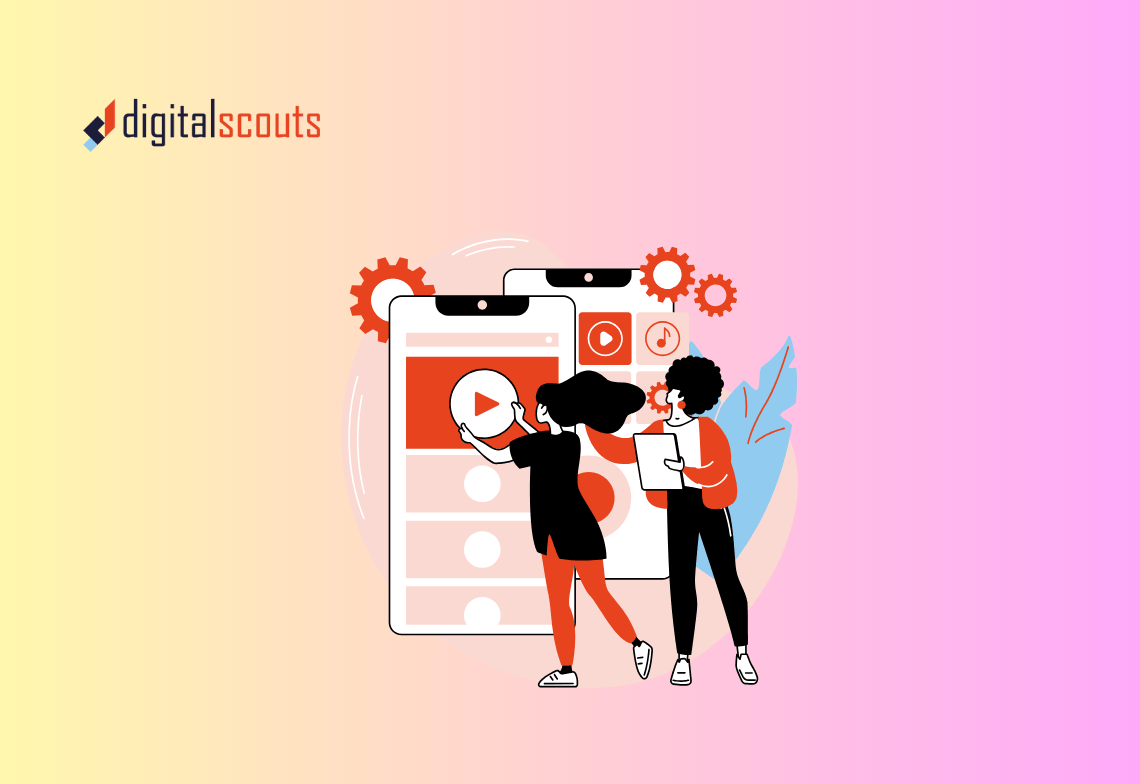Email remains one of the most powerful and measurable channels in digital marketing. For B2B companies, it is a direct line to prospects and customers that can educate, nurture, and convert when used strategically. Yet with inboxes overflowing and attention spans shrinking, a strong email strategy is not about volume but value.
A compelling email program is one that aligns with your audience’s needs, your business goals, and your broader marketing ecosystem. From segmentation and automation to design and data, every element plays a role in engagement.
This guide explores the key principles behind a high-performing email strategy that captures attention, builds trust, and drives results.
Start With Strategy and Purpose
Every effective email program begins with a clear purpose. Before crafting templates or writing copy, define what each campaign should achieve. Are you looking to generate leads, drive event registrations, promote a product update, or nurture existing customers?
When objectives are defined early, content and cadence become easier to plan. For B2B marketers, this also means aligning email workflows with the sales funnel. Awareness emails should educate, middle-of-funnel emails should nurture, and bottom-funnel messages should prompt action or conversion.
Mapping these stages within your CRM, such as HubSpot or Salesforce, ensures that emails are not isolated touchpoints but integrated parts of your overall customer journey.
Make It Mobile Friendly
More than 70 percent of people now check their inbox from a mobile device. For busy professionals, mobile optimisation is non-negotiable. An email that is difficult to read or slow to load is likely to be deleted within seconds.
Keep subject lines concise, use single-column layouts, and include buttons that are easy to tap. Test your campaigns across devices and email clients before sending.
If your business relies on HubSpot or similar platforms, use responsive templates that automatically adapt to screen size. This ensures that design, readability, and load time remain consistent across all devices.
Craft Subject Lines That Earn the Open
Your subject line is the first impression of your brand in someone’s inbox. It determines whether the message gets opened, ignored, or deleted.
A strong subject line is short, specific, and relevant. It sparks curiosity without resorting to gimmicks. Examples include:
-
“Your free industry report is ready to download”
-
“How B2B leaders are automating content in 2025”
-
“Quick update: new tools for smarter campaigns”
Avoid excessive punctuation or clickbait phrasing. Test variations using A/B testing in your email platform. Over time, you will see patterns in which tones or topics resonate most with your audience segments.
Provide an Offer That Adds Real Value
Subscribers exchange their time and attention for something of value. Each email should offer a clear benefit, whether that is educational insight, a useful resource, or an exclusive opportunity.
For B2B marketers, value often comes from relevance rather than discounting. Share research findings, case studies, or early access to webinars. If you operate in the service sector, offer guides or checklists that help prospects solve a specific challenge.
Automation can elevate this approach. Behaviour-based workflows in HubSpot or other CRMs can trigger personalised content depending on a user’s activity — for instance, downloading a guide or visiting a pricing page. This ensures every message feels timely and intentional.
Use Clear and Compelling Calls to Action
Once you have captured attention, guide readers to the next step. The call to action, or CTA, is what turns engagement into measurable action.
A CTA should be visually distinct, placed prominently, and written in action-oriented language. Keep it short and specific:
-
“Download the guide”
-
“Book a demo”
-
“Join the webinar”
-
“Explore pricing”
Each email should focus on one clear action. When multiple CTAs compete, conversion rates tend to fall. For best results, align your CTA with a single business objective and track performance through your analytics platform.
Design for Readability and Visual Impact
Emails that are well designed are more likely to be read and remembered. Visual hierarchy, colour contrast, and white space all influence engagement.
Images or graphics should support the message rather than distract from it. If you are showcasing a product or service, use contextual visuals rather than generic stock photos. Alt text is essential for accessibility and improves deliverability scores.
Templates save time and maintain brand consistency. Create a small library of layouts for different purposes such as newsletters, product launches, and nurture sequences. Test these regularly to see which combinations of design and copy yield higher click-through rates.
Personalise Beyond the First Name
Adding a recipient’s name in the greeting is a start, but modern personalisation goes much further. Data allows you to tailor content to behaviours, preferences, and lifecycle stages.
Examples include:
-
Sending follow-up emails based on webinar attendance or content downloads.
-
Recommending solutions based on past purchases or browsing behaviour.
-
Using dynamic text blocks to adjust messaging by industry or job role.
Behavioural trigger emails — such as reminders for abandoned forms or incomplete registrations — consistently outperform generic campaigns. Platforms like HubSpot allow you to automate these workflows so communication feels timely and relevant.
You can also humanise your emails by sending them from an individual, not just a company account. Studies by HubSpot show that emails sent from a named person often see higher open rates than those sent from a generic business address.
Segment and Curate Your Email Lists
Not all subscribers are the same, and sending every campaign to everyone dilutes engagement. Segmentation divides your audience into meaningful groups so each receives content aligned to their interests or buying stage.
Common B2B segmentation criteria include:
-
Industry or company size
-
Decision-maker role (marketing, operations, leadership)
-
Stage in the buyer journey
-
Engagement history
Advanced segmentation can also use lead scoring or predictive analytics to prioritise high-intent contacts. For example, combining HubSpot’s AI scoring with behavioural data helps identify which contacts are ready for sales outreach versus those who need further nurturing.
Measure, Optimise, and Iterate
Analytics are what turn email marketing from guesswork into strategy. Review key metrics regularly: open rates, click-through rates, conversions, and unsubscribes.
If engagement drops, look at timing, frequency, or subject relevance. If conversion is low, test your CTAs or landing pages. Over time, these insights will refine both your messaging and cadence.
Integrating email analytics with CRM data provides deeper visibility into how email contributes to pipeline and revenue. Reporting dashboards in HubSpot or Google Looker Studio make this easy to visualise and share with stakeholders.
Building a Long-Term Email Strategy
A strong email program is not a series of isolated campaigns but a continuous dialogue. The best results come from consistency, testing, and learning.
Document your workflows, automation rules, and content cadence. Build quarterly plans that align with seasonal trends or product launches. Keep your lists clean by removing inactive contacts and verifying addresses regularly to protect deliverability.
Email marketing remains one of the highest-ROI channels in digital marketing when used strategically. It combines personalisation, automation, and measurable performance in one platform.
At Digitalscouts, we help B2B companies design and optimise complete email ecosystems within HubSpot — from audience segmentation and automated workflows to data-driven reporting.
If you are ready to strengthen your email performance, contact Digitalscouts to start planning your next campaign.
Frequently Asked Questions
About Author
Matthew Rowlands is an AI & Digital Strategist at DigitalScouts, where he helps B2B teams integrate AI tools like HubSpot Breeze Agents into their marketing and RevOps workflows. He writes about automation, SEO, and using generative AI to scale content and campaigns.

.png?width=960&height=640&name=Email%20Marketing%20Strategy%20(1).png)

.png?width=94&height=94&name=SEO%20Strategies%20for%202025%20(1).png)


.png)

